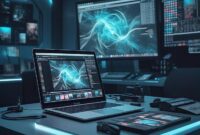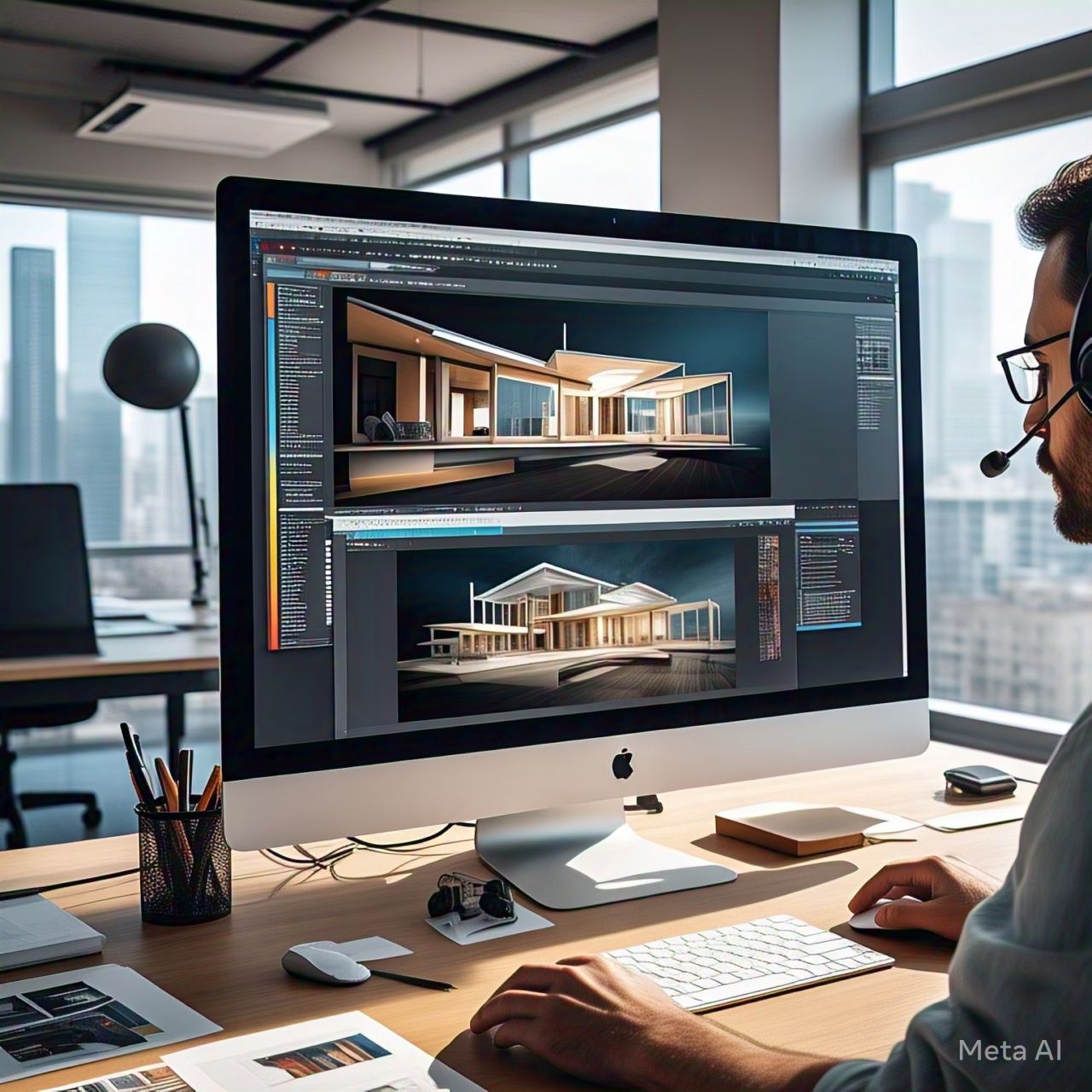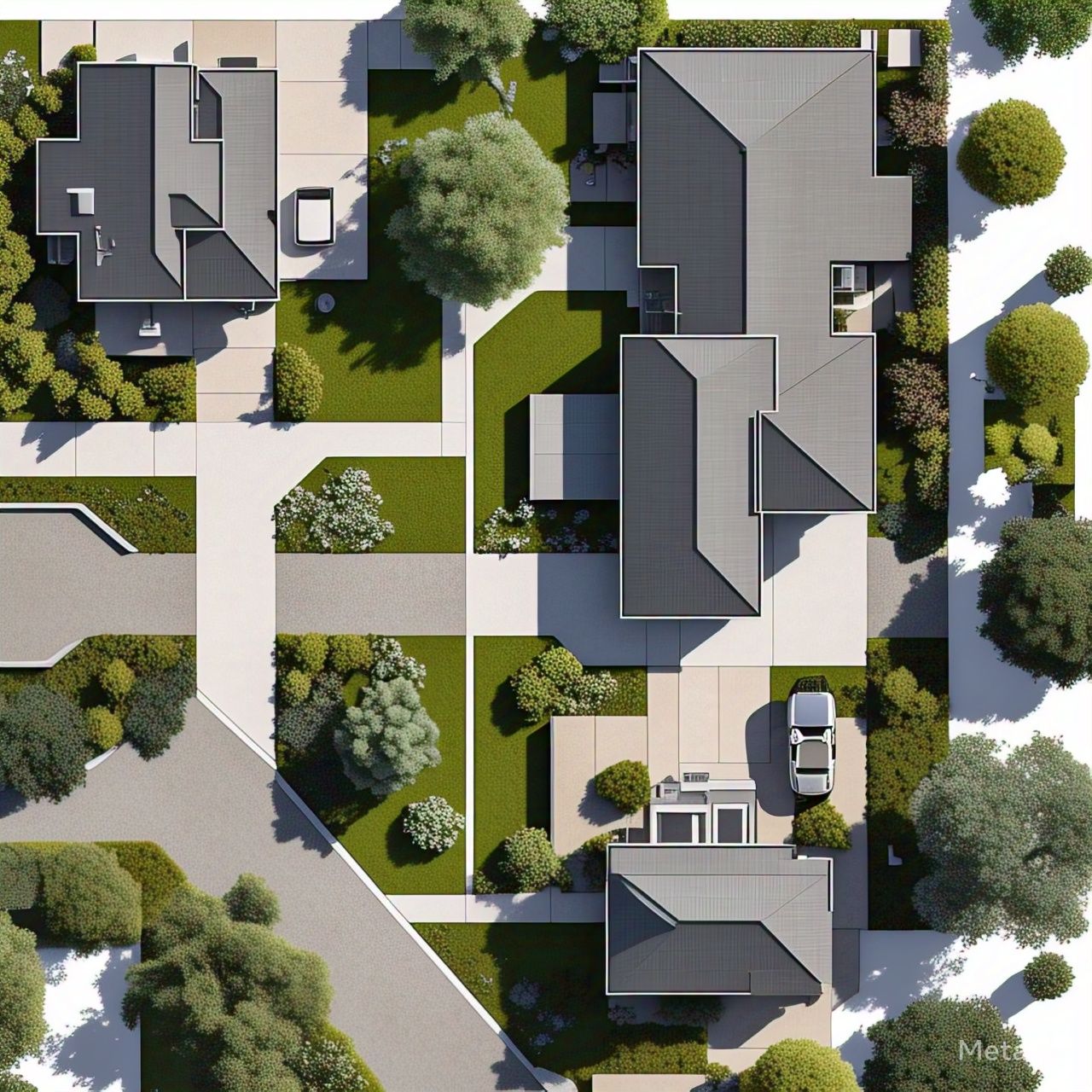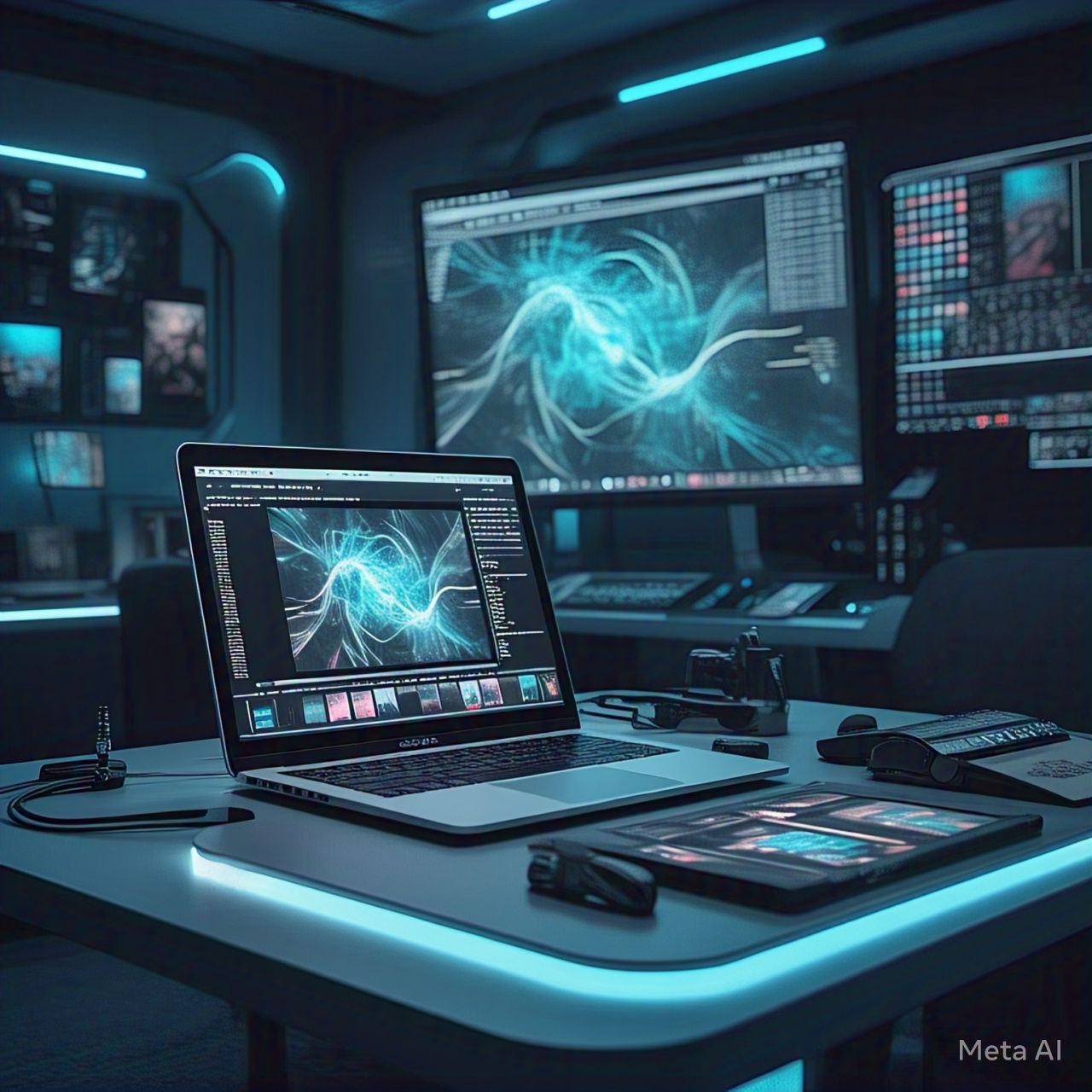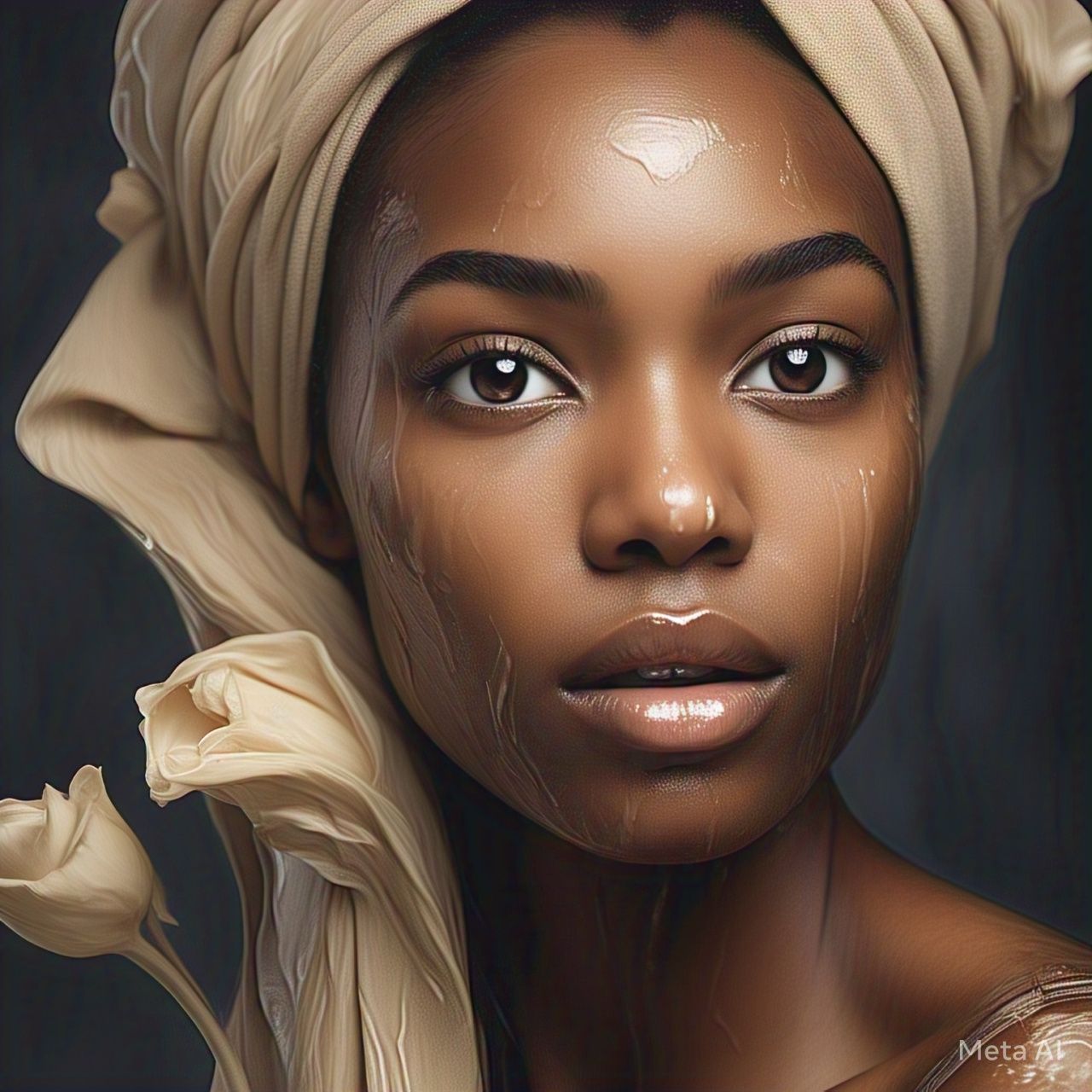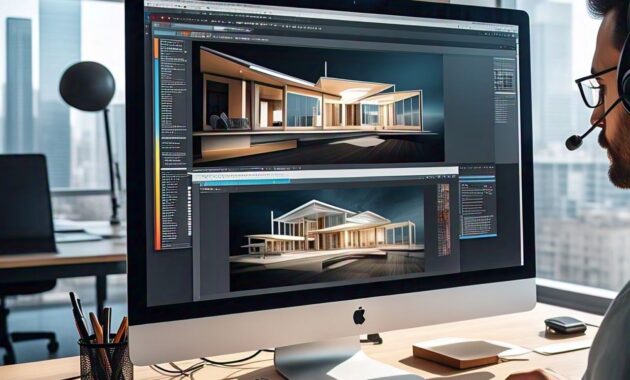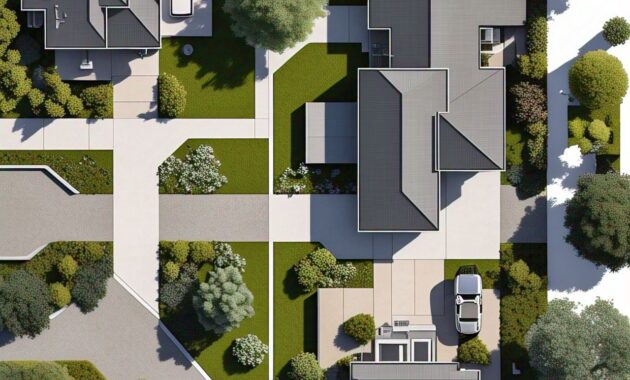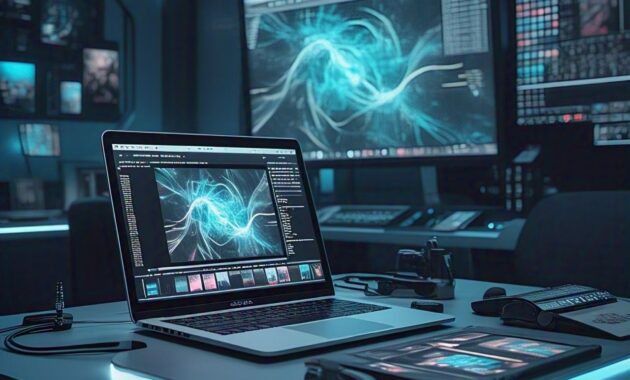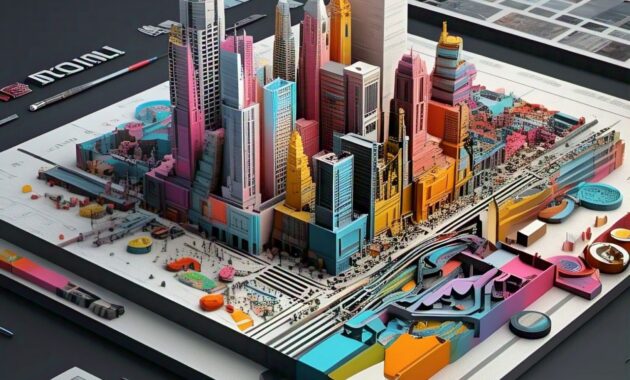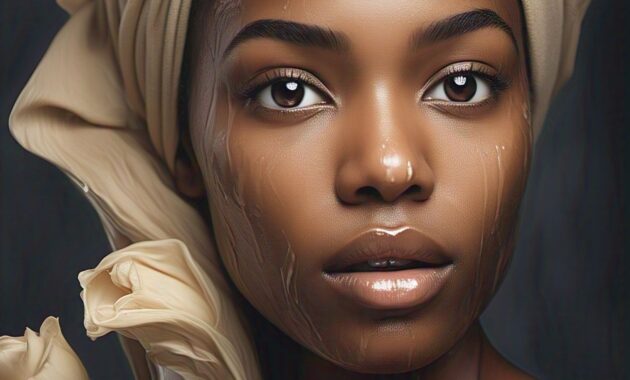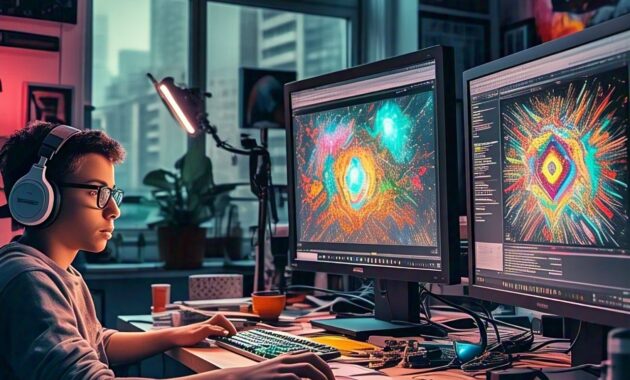Artificial intelligence (AI) is rapidly transforming the world of digital art and design, pushing the boundaries of creativity and efficiency. One of the most significant advancements in this field is AI-generated images—realistic visuals created with the help of deep learning and machine learning algorithms. Adobe Photoshop, a leading tool in graphic design and image editing, has embraced AI technology to revolutionize how artists, photographers, and designers create and manipulate images.
In this article, we will explore how AI-generated images are changing the creative landscape, the role of Photoshop in this evolution, the benefits and challenges of AI-powered design, and what the future holds for AI-driven creativity.
What Are AI-Generated Images?
AI-generated images are visuals created or enhanced using artificial intelligence. These images can range from photorealistic portraits and landscapes to completely synthetic artwork that mimics real-world textures, lighting, and details. AI can generate these images from scratch, modify existing visuals, or assist in editing processes like retouching, background removal, and style transfer.
AI-generated images are powered by deep learning models, such as Generative Adversarial Networks (GANs) and diffusion models. These technologies analyze vast amounts of data to understand textures, shapes, colors, and composition, allowing them to create realistic visuals indistinguishable from real photographs.
How Photoshop is Leveraging AI for Realistic Image Generation
Adobe Photoshop, one of the most widely used image editing tools, has integrated AI-powered features through Adobe Sensei, its artificial intelligence and machine learning platform. These AI-driven tools have transformed how designers and photographers work, enabling them to generate realistic images with minimal effort.
1. Generative Fill: AI-Powered Image Expansion and Editing
One of the most groundbreaking AI features in Photoshop is Generative Fill. This tool allows users to expand, modify, or remove objects from an image using AI.
-
Expanding Images: AI can seamlessly fill in missing areas when extending an image beyond its original borders.
-
Object Removal: Users can remove unwanted objects, and AI will intelligently fill in the background to match the surrounding scene.
-
Content-Aware Editing: The AI analyzes the context of an image and generates realistic additions or modifications that blend naturally with the original image.
2. Neural Filters: AI-Powered Enhancements
Photoshop’s Neural Filters provide advanced AI-powered editing capabilities that make realistic image manipulation easier than ever. Some of the most popular neural filters include:
-
Smart Portrait: AI can adjust facial expressions, lighting, and even age a subject or make them look younger.
-
Style Transfer: Users can apply artistic styles from famous paintings or custom artwork to their images.
-
Depth Blur: AI can simulate realistic depth of field effects, enhancing the focus of an image.
3. AI-Powered Image Upscaling and Restoration
Photoshop now offers AI-based Super Resolution and Photo Restoration tools that enhance low-resolution images by:
-
Increasing resolution while preserving details.
-
Restoring old or damaged photos by reducing noise, enhancing sharpness, and repairing missing details.
-
Automatically colorizing black-and-white images.
4. AI-Generated Textures and Patterns
AI in Photoshop can generate complex textures, patterns, and backgrounds based on user input. This feature is useful for designers who need seamless, high-quality assets for projects without manually creating them from scratch.
5. Text-to-Image AI Generation (Future Potential)
While Adobe Photoshop does not yet have full text-to-image AI generation like MidJourney or DALL·E, Adobe Firefly, Adobe’s AI model, is expected to integrate deeper into Photoshop, allowing users to generate custom images from text prompts directly within the software.
Benefits of AI-Generated Images in Photoshop
The integration of AI-generated images in Photoshop brings numerous benefits to creatives across industries.
1. Time Efficiency and Automation
AI-powered features significantly reduce the time required for complex editing tasks. For example, background removal, which previously took hours, can now be done in seconds using AI.
2. Enhanced Creativity and Experimentation
AI provides designers with limitless possibilities, allowing them to experiment with new styles, compositions, and edits that were previously difficult to achieve manually.
3. Accessibility for Non-Experts
With AI, even users with limited design experience can create high-quality images. This democratization of design empowers businesses, content creators, and hobbyists to produce professional visuals without extensive training.
4. Cost-Effectiveness
AI-generated images reduce the need for expensive photoshoots, professional models, and physical set designs, making high-quality visuals more affordable for brands and marketers.
5. Consistency in Branding and Design
AI ensures uniformity in image editing, maintaining consistent styles, colors, and layouts across multiple designs, which is crucial for branding and marketing campaigns.
Challenges and Ethical Concerns of AI-Generated Images
Despite its advantages, AI-generated imagery comes with challenges and ethical considerations.
1. Authenticity and Misinformation
AI can create hyper-realistic fake images, raising concerns about misinformation, deepfakes, and manipulated media. As AI-generated visuals become more convincing, distinguishing between real and fake content will be increasingly difficult.
2. Copyright and Intellectual Property Issues
AI models learn from vast datasets of images, raising questions about who owns AI-generated artwork. Some artists worry that AI-generated images are trained on their work without permission, leading to legal and ethical debates.
3. Over-Reliance on AI and Loss of Human Creativity
While AI enhances creativity, some fear that excessive reliance on AI tools may diminish traditional artistic skills. Designers must balance AI assistance with their unique creative input.
4. Computational Costs and Hardware Requirements
AI-driven features in Photoshop require significant computational power, making high-performance hardware necessary for smooth operation. This may limit access to users with older or less powerful devices.
The Future of AI-Generated Images and Photoshop
The future of AI-generated images in Photoshop is promising, with continuous advancements making image editing more intuitive and powerful.
1. AI-Driven 3D and AR Editing
AI will play a major role in integrating 3D modeling and augmented reality (AR) into Photoshop, allowing users to create interactive and immersive visuals.
2. More Advanced AI-Powered Automation
Future AI tools will offer real-time, context-aware editing that predicts user intentions and automates complex design tasks even further.
3. Ethical AI and Improved Transparency
As AI-generated images become more widespread, companies like Adobe are working on embedding digital signatures (such as Content Credentials) into AI-generated content to improve transparency and prevent misuse.
4. Voice and Gesture-Controlled AI Editing
In the coming years, AI-powered Photoshop may introduce voice and gesture controls, allowing users to edit images hands-free using simple commands and movements.
5. Deeper AI Integration with Cloud and Collaboration Tools
AI will enhance cloud-based workflows, making real-time collaboration smoother for designers and teams working on large-scale projects.
Conclusion
AI-generated images are redefining creativity, and Photoshop is at the forefront of this transformation. With features like Generative Fill, Neural Filters, AI-powered upscaling, and content-aware editing, Photoshop has made professional-grade image creation and editing more efficient, accessible, and innovative.
However, as AI continues to evolve, ethical considerations such as authenticity, copyright concerns, and the balance between AI and human creativity must be addressed. Despite these challenges, AI-powered Photoshop is undoubtedly shaping the future of digital art and design, providing new possibilities for artists, photographers, and creatives worldwide.
As we move forward, embracing AI as a creative partner rather than a replacement for human ingenuity will be key to unlocking its full potential. The question remains: how will you leverage AI in your creative journey?



